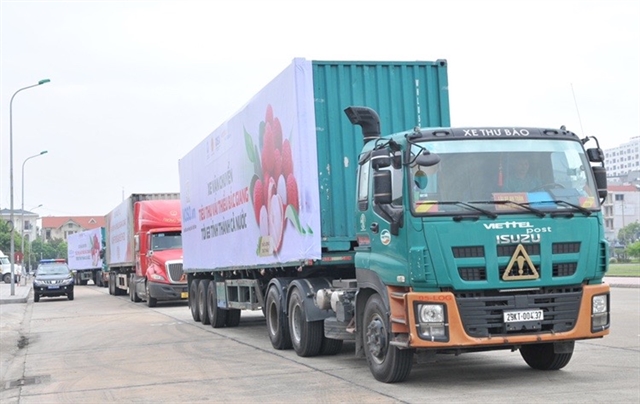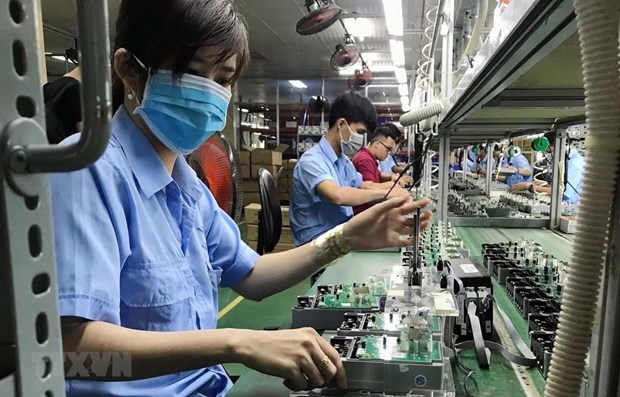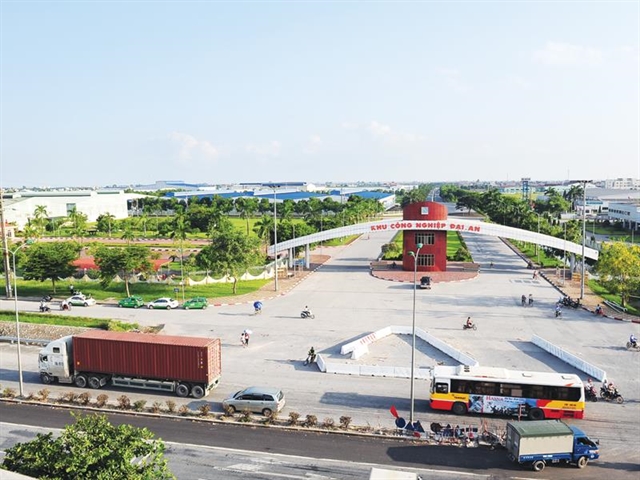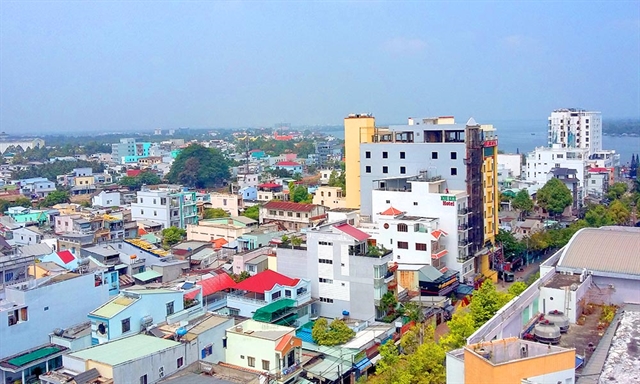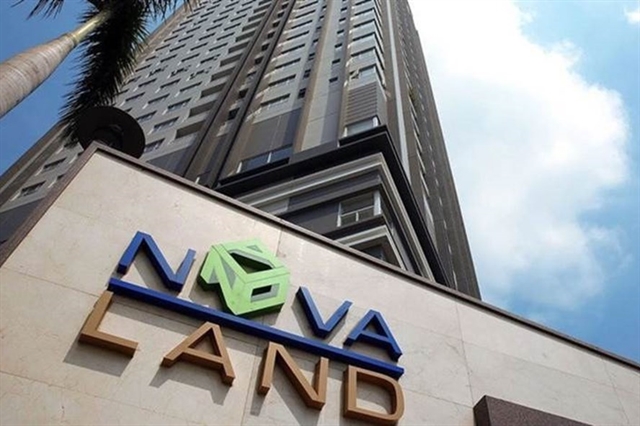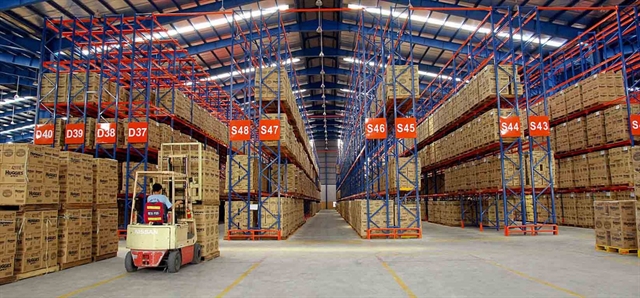
HÀ NỘI — Bad debts may climb by the end of the year as the pandemic has interrupted the production of many enterprises and they had no revenue to repay debts.
Experts proposed the Government and the State Bank of Việt Nam (SBV) extend policies to continue to support businesses.
Hoàng Văn Vinh, chairman of the Nha Trang – Khánh Hòa Tourism Association, said tourism businesses in the province are on the verge of bankruptcy with 95 per cent of hotels closed and less than 5 per cent registering to operate as quarantine facilities.
“We want banks to support the businesses directly affected by the pandemic to access interest-free loans,” Vinh told the seminar “Bad debts amid the COVID-19 pandemic – Solutions to support the banking industry and the business community” on Wednesday.
With no tourists, entrepreneurs can become debtors and all businesses may go bankrupt, Vinh said, proposing urgent and more practical solutions such as reducing taxes and fees, as well as cutting valued-add tax to zero per cent.
Chairman of the Hà Nội Transport Association, Bùi Danh Liên, also said due to the restrictions on movement, only 20-30 per cent of passenger cars are operating with less than 50 per cent of travellers on each trip.
Especially, when the fourth wave of the pandemic started at the end of April, the number of operating vehicles decreased even more.
"We would like to recommend the Government to find more effective solutions to support businesses. Besides bad debt, debt rescheduling and freezing need to be a priority. If there is no production, the debt will become a bad debt and businesses cannot get new loans,” Liên said.
To support the business community in the face of the COVID-19 pandemic, since March 2020, the Government has introduced many support packages with the most recent Decree 52 to defer payments on tax and land fee rentals on April 19 with a total value of VNĐ115 trillion (US$5 billion).
However, as the impacts of the current wave are mounting for the vast majority of transport businesses, these support solutions are not enough, Liên said.
Real picture of bad debts
The problem of bad debt with small- and medium-sized enterprises becomes more serious when their cash flows are interrupted and unstable, leading to insolvency.
According to data of BOS Securities Joint Stock Company, total value of bad debts of 24 listed banks reached VNĐ91.24 trillion ($3.9 billion) by the end of the first quarter, an increase of VNĐ3.95 trillion compared to the end of 2020. The ratio of bad debt to total outstanding loans also increased by 0.02 percentage points to 1.41 per cent.
For example, ACB's bad debt increased by 61 per cent to nearly VNĐ3 trillion. According to Saigon Securities Inc’s report, ACB has actively reclassified the debt of large corporate customers that may face difficulties in the future.
In addition, banks holding a high amount of bad debt in the system include VPBank, VietinBank, Vietcombank and Military Bank.
“The fact that the central bank is allowing banks to keep the debt group unchanged makes the picture of bad debt not reflect reality. Banks do not have to make provisions which reduce provision costs and increase profits, but risks also increase," BOS Securities Joint Stock Company said in a report.
According to the revised Circular 03, commercial banks are allowed to keep the same debt group and structure so that enterprises can continue to borrow (effective May 17, 2021). The rescheduling for repayment terms, including the case of debt extension, must be appropriate to the extent of the impact of the pandemic and must not exceed 12 months.
Handling VNĐ530 trillion of bad debt
Nguyễn Quốc Hùng, general secretary of the Vietnam Banks Association (VBA), said Resolution No. 42/2017/QH14, effective on August 15, 2017, had a great and profound impact on banks and organisations, including Vietnam Asset Management Company (VAMC), which provides effective mechanisms to help credit institutions speed up the bad debt settlement process.
Between August 15, 2017 and April 30, 2021, the whole banking system has handled VNĐ350 trillion ($15 billion) worth of bad debts, equivalent to 66 per cent of the total, under Resolution No. 42, double compared to the pre-resolution period.
Resolution No.42 is a pilot policy with a short validity period of five years (it will expire in a year), thus it cannot apply to handle all bad debts of credit institutions. VBA suggested in the long term, the policymaker should legalise regulations on bad debt handling and build a separate legal document on this issue.
"The Vietnam Banks Association proposes to the Government and the National Assembly to prolong the validity of Resolution 42,” Hùng said and added to prolong it, it must evaluate and summarise the advantages and disadvantages of the resolution; otherwise, it must be added to the civil laws so that credit institutions have a clear legal corridor to handle bad debts.
VAMC’s general director Đoàn Văn Thắng said the current bad debt has not yet reflected the impact of COVID-19 thanks to debt rescheduling policies.
"We suggest that the State Bank continue to support customers through policies and the support time should be longer,” Thắng said.
From the credit institutions’ side, we recommend banks support customers depending on their resources, he added. — VNS

